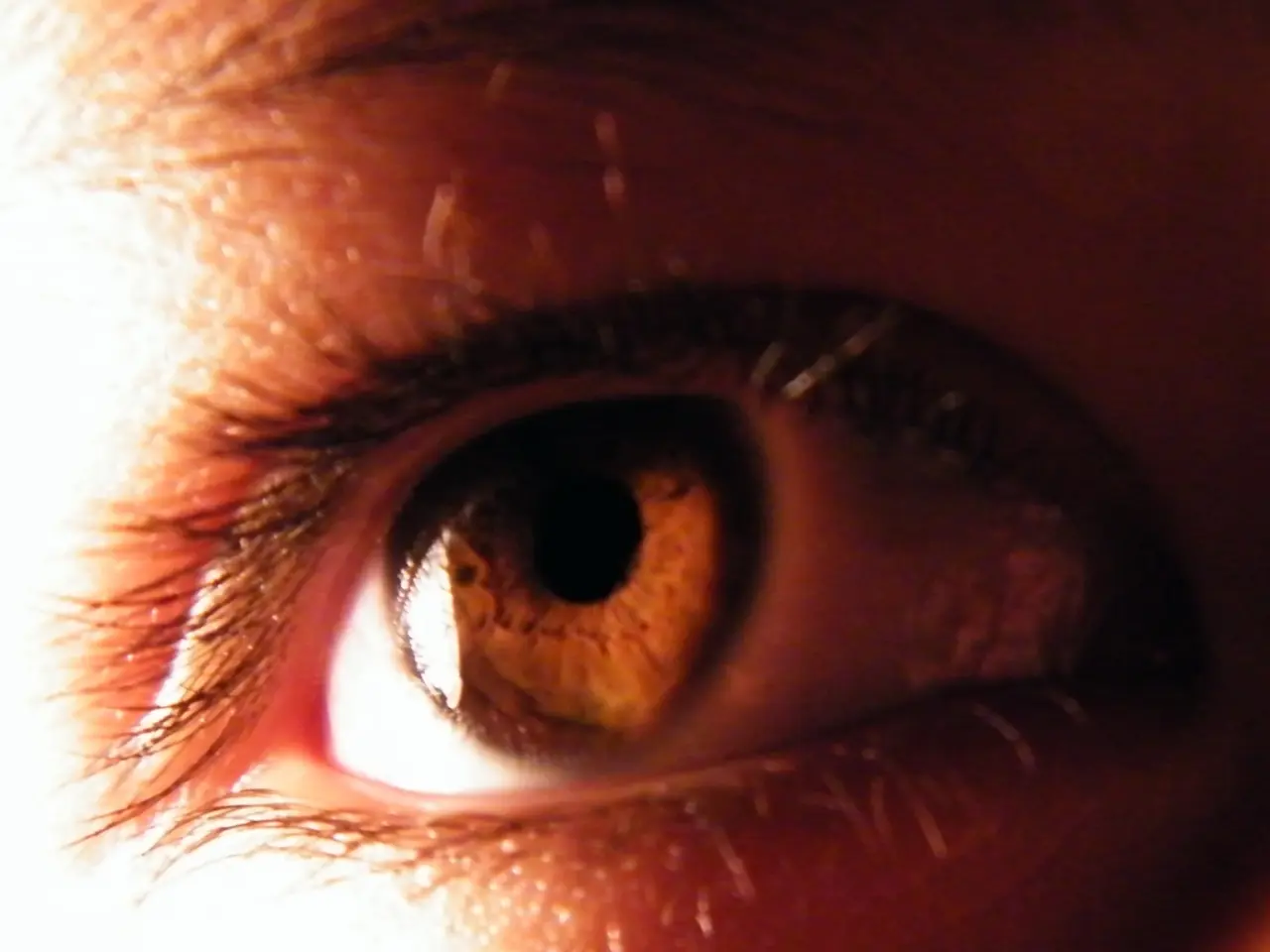EMDR Therapy Exploration: Advantages, Efficacy, and Potential Adverse Reactions
In the realm of mental health treatment, Eye Movement Desensitization and Reprocessing (EMDR) therapy is making waves as a highly effective approach for various conditions, particularly those with a trauma-related component. Developed by American psychologist Francine Shapiro, EMDR has shown significant promise in treating Post-Traumatic Stress Disorder (PTSD) and Complex PTSD (C-PTSD), with some studies indicating up to 90% of single-trauma victims no longer meeting PTSD criteria after just a few sessions [1][2].
Beyond PTSD, EMDR has demonstrated potential in alleviating symptoms of several other mental health disorders. For instance, it has been found effective in addressing depression, phobias, anxiety disorders, Obsessive-Compulsive Disorder (OCD), complicated grief, addiction recovery, psychosis, and more [3][4].
The therapy works by helping patients reprocess traumatic memories through bilateral stimulation, such as eye movements, which mimics REM sleep processes involved in memory consolidation. This process is believed to reduce emotional distress linked to trauma [2][4].
EMDR is generally considered safe, with fewer adverse effects compared to pharmacological treatments. While some patients may experience temporary emotional discomfort or increased distress during or shortly after sessions due to the re-experiencing of traumatic memories, these symptoms typically diminish as therapy progresses [2][4].
Organizations such as the American Psychological Association (APA), the Department of Veterans Affairs, and the EMDR Institute recommend EMDR as a treatment option for PTSD. The therapy consists of eight phases, including client history and treatment planning, preparation, assessment, desensitization, installation, body scan, closure, and reevaluation [4].
During the desensitization phase, the therapist facilitates desensitization by directing the client's eye movements while they focus on the traumatic material. This process is similar to cognitive behavioral therapy (CBT) in that it involves remembering or discussing the traumatic event and identifying and altering thoughts.
In summary, EMDR is an effective and well-tolerated therapy not just for PTSD but also for a range of other mental health conditions involving trauma or distressing memories. With rapid symptom relief and relatively low risk of significant side effects, EMDR is a promising approach in the field of mental health treatment [1][3][4]. However, while the strongest empirical support remains for PTSD treatment, evidence for other disorders continues to grow.
For those interested in learning more about EMDR, speaking to a doctor or mental health professional who specializes in the practice is recommended.
- EMDR therapy, developed by psychologist Francine Shapiro, is being recognized for its effectiveness in treating a variety of mental health conditions beyond PTSD, such as depression, phobias, anxiety disorders, and Obsessive-Compulsive Disorder (OCD).
- In the health-and-wellness industry, EMDR is also being explored as a potential predictive science in mental health, showing promise in diagnosing and managing conditions like diabetes and obesity.
- During EMDR sessions, patients undergo bilateral stimulation, often through eye movements, that replicates REM sleep processes involved in memory consolidation, reducing emotional distress linked to trauma.
- The American Psychological Association (APA), alongside the Department of Veterans Affairs and the EMDR Institute, endorse EMDR as a viable treatment option for PTSD.
- EMDR consists of eight phases, including client history and treatment planning, desensitization, installation, body scan, closure, reevaluation, and further therapies and treatments for maintaining mental health.
- In some studies, up to 90% of single-trauma victims no longer meet PTSD criteria after a few EMDR sessions, emphasizing its potential in treating mental health issues related to trauma.
- With fewer adverse effects compared to pharmacological treatments, EMDR therapy presents as a safe and effective approach for improving mental health, providing rapid symptom relief and relatively low risk of significant side effects.




